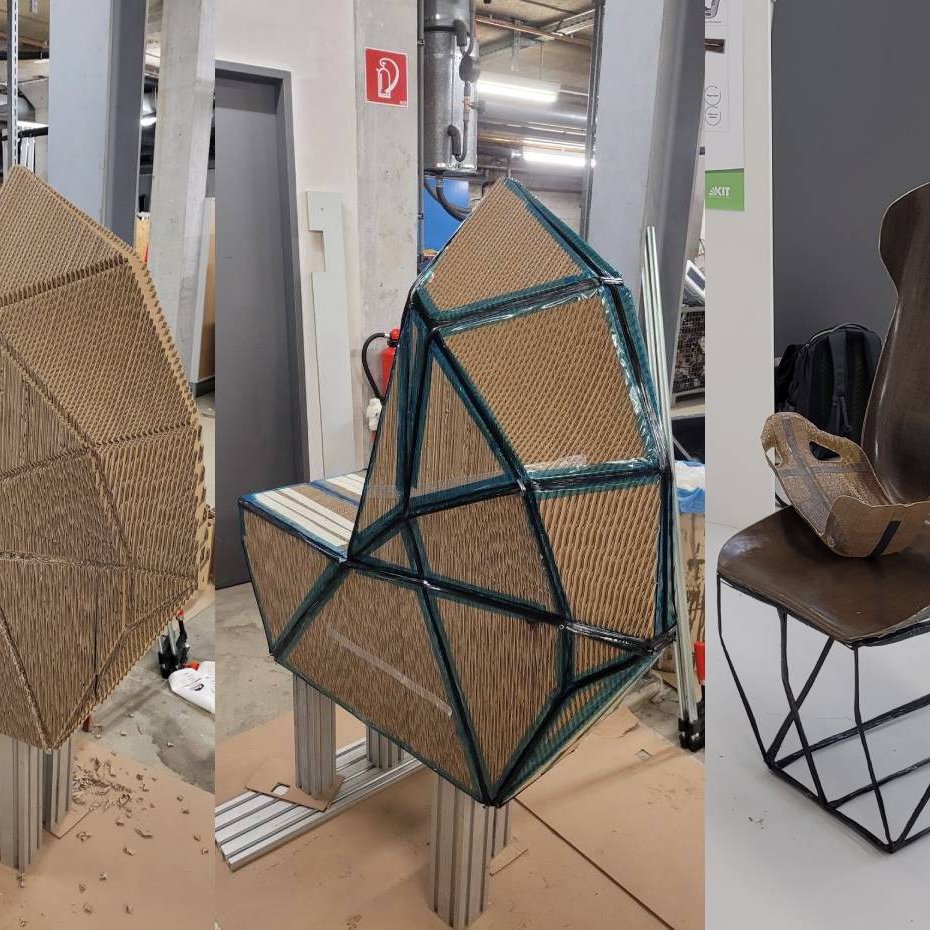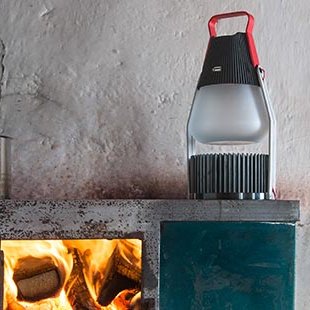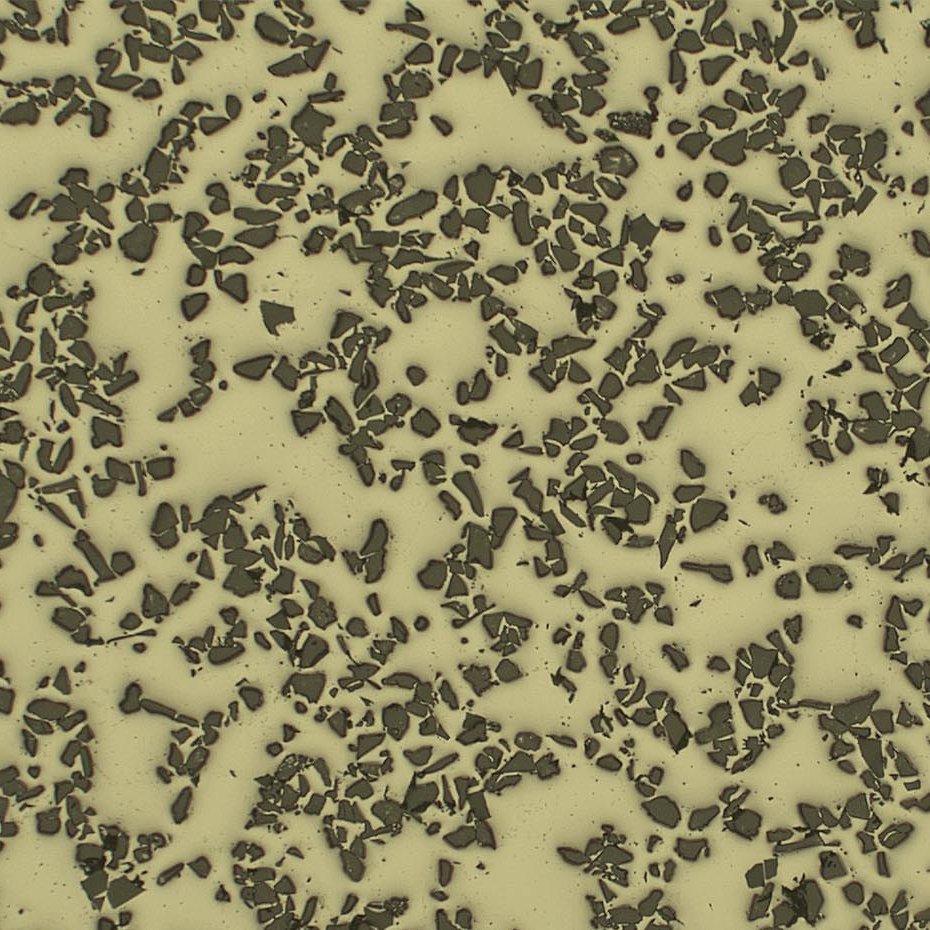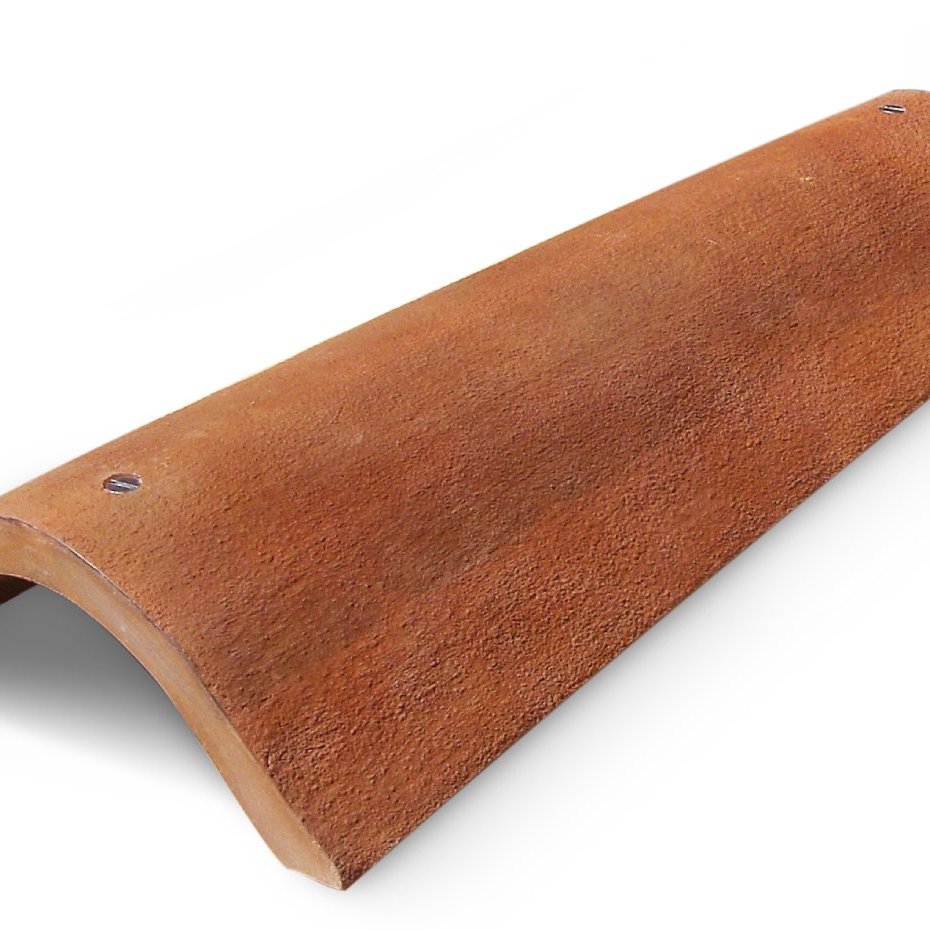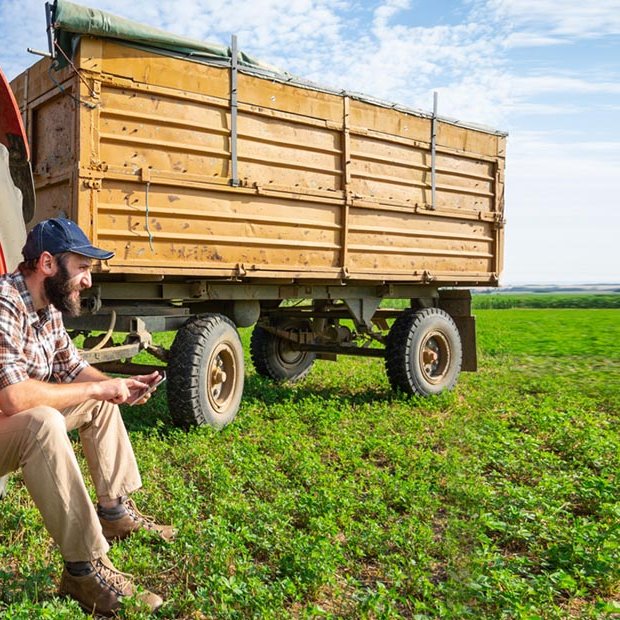Bioplastics
A new Market with Biopolymers
form 231
March/April 2010
publisher
Birkhäuser (Basel)
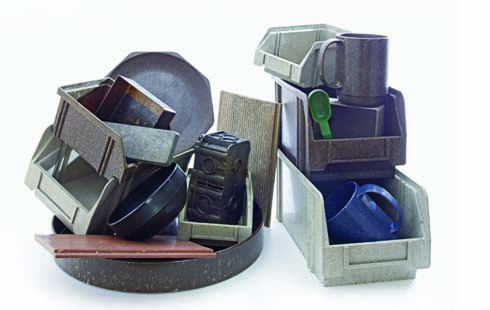
At the moment, the market for biodegradable plastics is still clear. This is set to change as crude oil increases in value. Foams made of castor oil, biodegradable tableware of potato starch, plastics reinforced with carrot fiber. All of them use bio materials – a group of materials that has recently grown quite meteorically. Admittedly, the market for compostable bio plastics is still modest with a worldwide production capacity of around 400,000 tons, but by the year 2020 annual growth rates of 25 to 30 percent are expected. In other words, according to these estimates production capacity will expand to roughly 3 million tons a year.
Over the long term there will be no further use for crude oil as the basis for manufacturing plastics. The packaging industry is making the running, shopping bags made from renewable raw materials can already be had at every supermarket checkout. Take producer Alesco; the company supplies compostable fruit and vegetable bags, freezer bags, tubular films and shrink-wrap based on granulates (manufactured say by bioplastics maker FKuR), and prints them using technologies with a low environmental impact. But the material is no longer only limited to recyclable packaging: The biodegradable plastics, which FKuR has developed in recent years with the Fraunhofer Institut UMSICHT, is also suitable for producing components by extrusion, blistering or injection molding (Bio-Flex®, Biograd-e®). Developers at DuPont in Neu-Isenburg are working on the deployment of bioplastics in technical applications: They have already brought to market plastics based on corn starch trading under the names Biomax® and Sorona®, whose properties make them serious competitors for PBT or PET.
The company Biowert in Brensbach (Hesse) demonstrates that sustainable production not only means producing renewable plastics but is also about sustainable energy needed for material production in the first place: In their grass refining plant damp, fibrated biomass is processed into a compound granulate free of chemical additives that can be injection molded. It consists 50 to 75 percent of cellulose fibers and 25 to 50 percent of polyethylene or polypropylene. What makes it so special: the required energy is supplied by an adjoining biogas plant that uses waste products from the refining plant.
www.alesco.net
www.fkur.com
www.umsicht.fraunhofer.de
www.dupont.de
www.biowert.de
image source: Biowert
Parali Design from rice straw
22 June 2025
At the Parali design studio, Aarushi Mittal uses traditional techniques to…
Natural fiber reinforced car seat
22 October 2023
The focus of the project "Design for Recycling" is a seat shell that is made…
Liquid Metal Dispensing
28 August 2025
By embedding conductive liquid metals in stretchable textiles and soft…
Furniture for the additive mass production
10 August 2024
The Swedish interior agency "Industrial Poetry" has investigated the inherent…
IGNIS – Light from waste heat energy
12 August 2020
The availability of affordable, independent and, above all, clean electrical…
Brake disc with reduced fine dust
21 April 2021
Fine dust endangers our health. One of the main sources is traffic, especially…
Texoversum
15 July 2023
With the "Texoversum", Reutlingen University has put into operation a training…
Invisible Terracotta Solar Rooftile
10 May 2023
The family-run business Dyaqua has developed a technology to integrate a…
Xarvio – Digital Farming
8 January 2021
BASF Digital Farming GmbH has received the renowned Crop Science Award for the…

